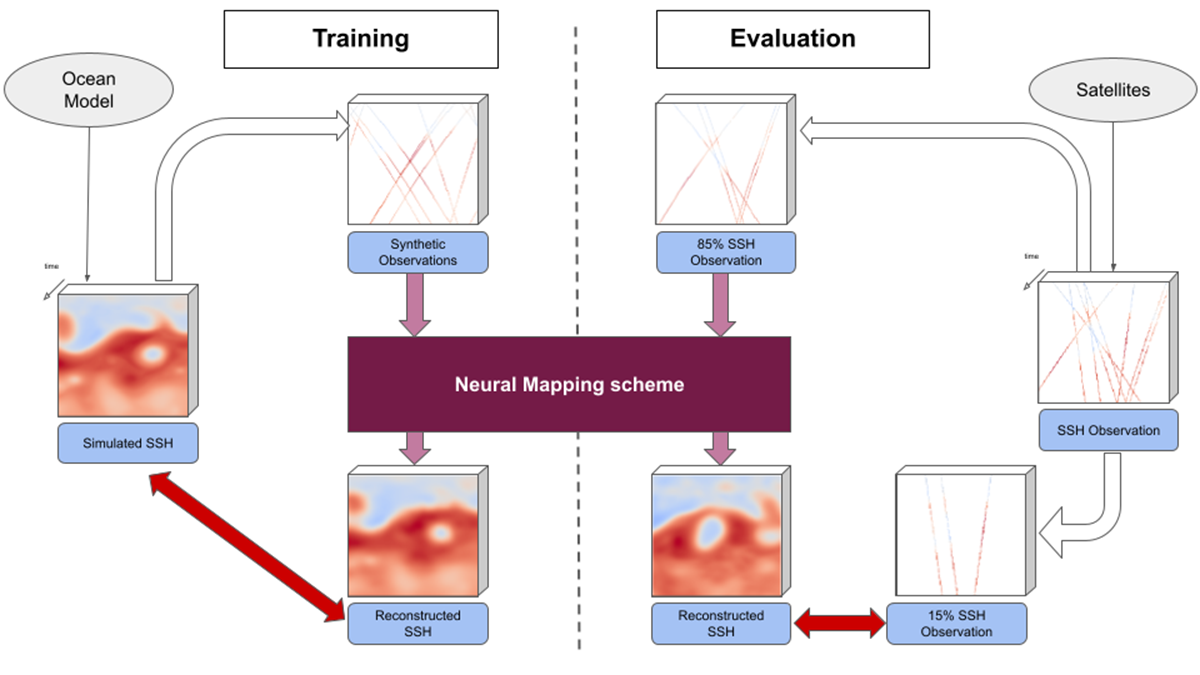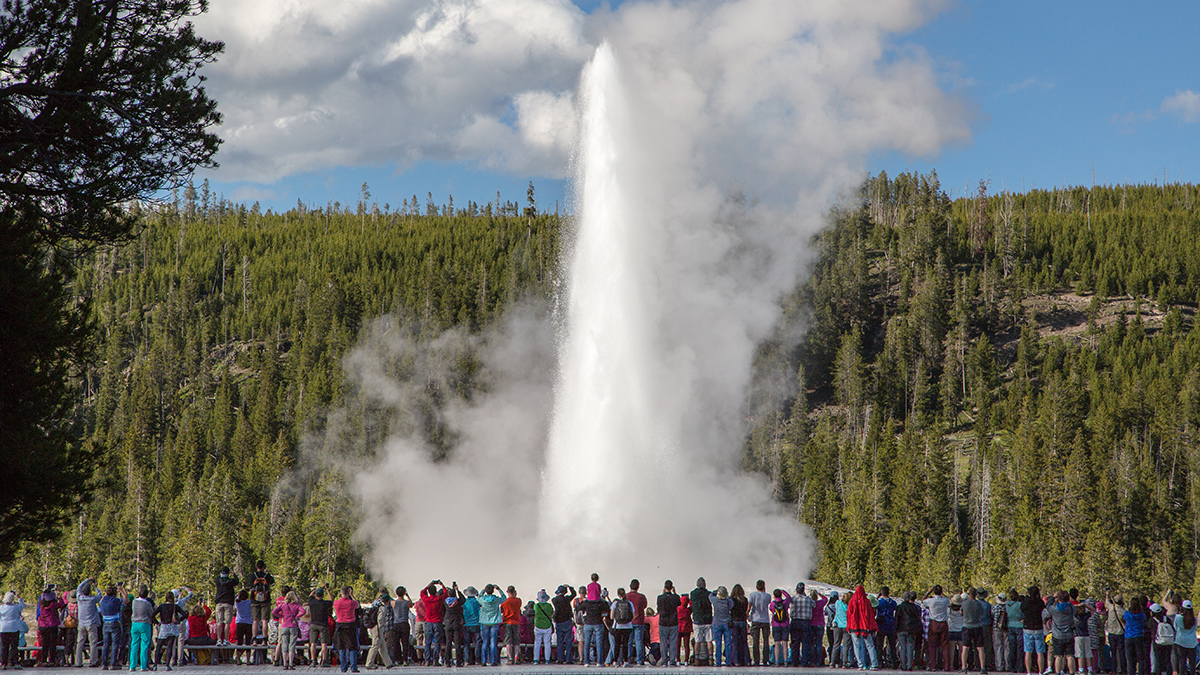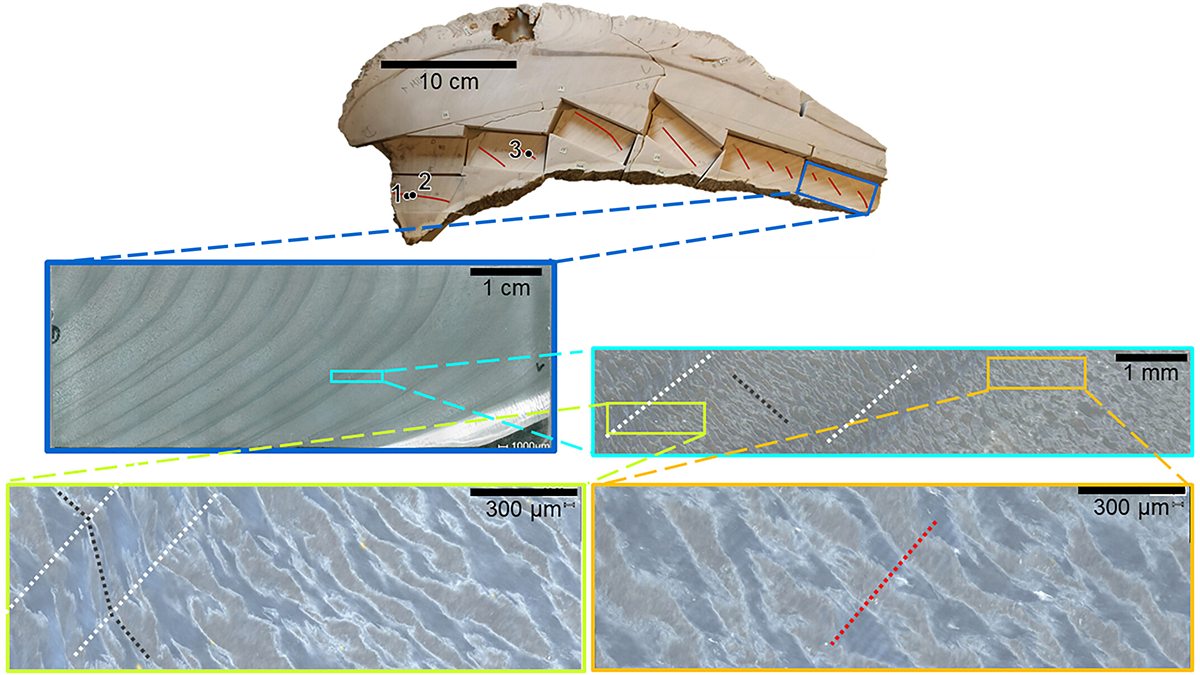A new hybrid modeling approach combines physics-based and machine learning models to extend—and improve—path and intensity predictions of tropical cyclones.
geophysics
Sarah Minson: A Collaborative Quake Career
A geophysicist thrives on teamwork at the U.S. Geological Survey.
Physics + Machine Learning Provide a Better Map of Ocean Measurements
A new study offers a compelling example where the merger of dynamical modeling, machine learning, and ocean measurements enhances oceanographic understanding, monitoring, and mapping.
The End of the Eclipse
Scientists are studying how the Earth–Moon distance has changed over time, and what effect that change might have had on our planet. Future changes will extinguish total solar eclipses entirely.
The Twists and Turns of Helicity Studies
A new book explores the fundamental role that helicities play in different astrophysical and geophysical phenomena and presents perspectives from various scientific disciplines that study them.
Steamy Bubbles May Control Old Faithful’s Clock
Scientists built a minigeyser to show why the natural wonder’s water surges so violently between eruptions.
Critical Minerals for a Carbon-Neutral Future
The Earth Mapping Resources Initiative is filling data gaps and fostering more holistic understanding of critical mineral resources in the United States using a novel mineral systems framework.
Ultra-High-Resolution Age Model in Clams Yields Daily Paleo-Data
Using geochemical techniques, scientists identify daily cycles in fossilized giant clams, which permits climate reconstructions at the weather timescale.
La canción de hielo y fuego del criovulcanismo
Las lunas oceánicas del sistema solar exterior nos dan pistas sobre volcanes de hielo, fuentes hidrotermales, y la tentadora posibilidad de habitabilidad.
Protein Powder Makes Ice Crystals Flower
Dust from Alaska is particularly effective at forming ice crystals because it contains biological components, researchers believe. The finding has implications for cloud physics and our planet’s climate.










